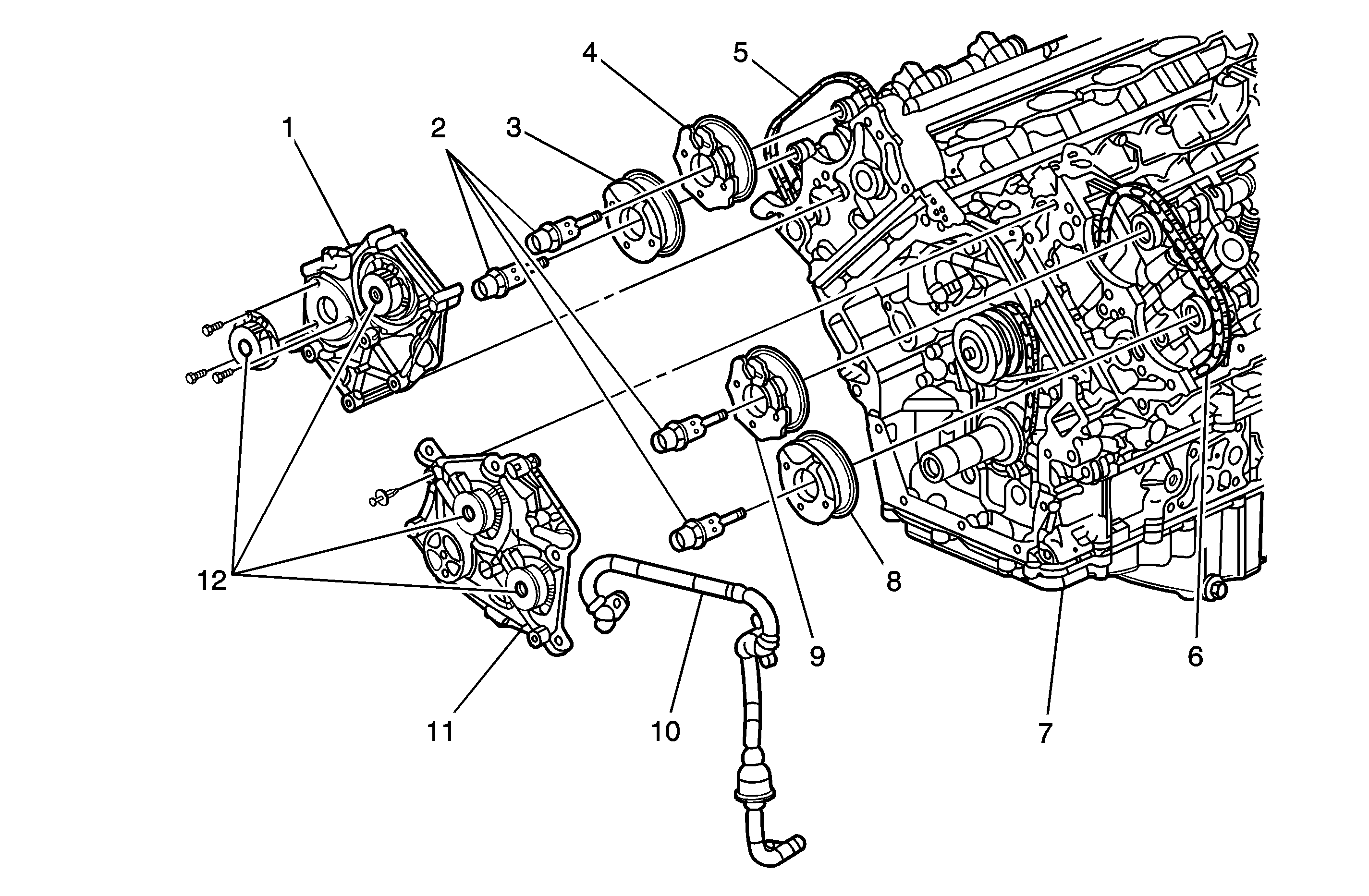The camshaft position (CMP) actuator system is used for a variety of engine
performance enhancements. The CMP actuator system accomplishes this by controlling
the amount of intake and exhaust valve overlap. These enhancements include the following:
The CMP actuator system requires a very complex electrical signal from the engine
control module (ECM) in order to control the position of the CMP actuators. The electrical
signal requires use of an un-fixed pulse width modulation (PWM) signal as well as
2 different operating frequencies of 150 and 500 Hz. Changes
in the PWM can happen every 100 milliseconds and thus makes it difficult to
measure the correct PWM or frequency with a DMM during CMP actuator control. At idle,
the ECM commands a consistent 7 percent duty cycle at 150 Hz. The ECM
uses this signal in order to sense certain circuit failures.

